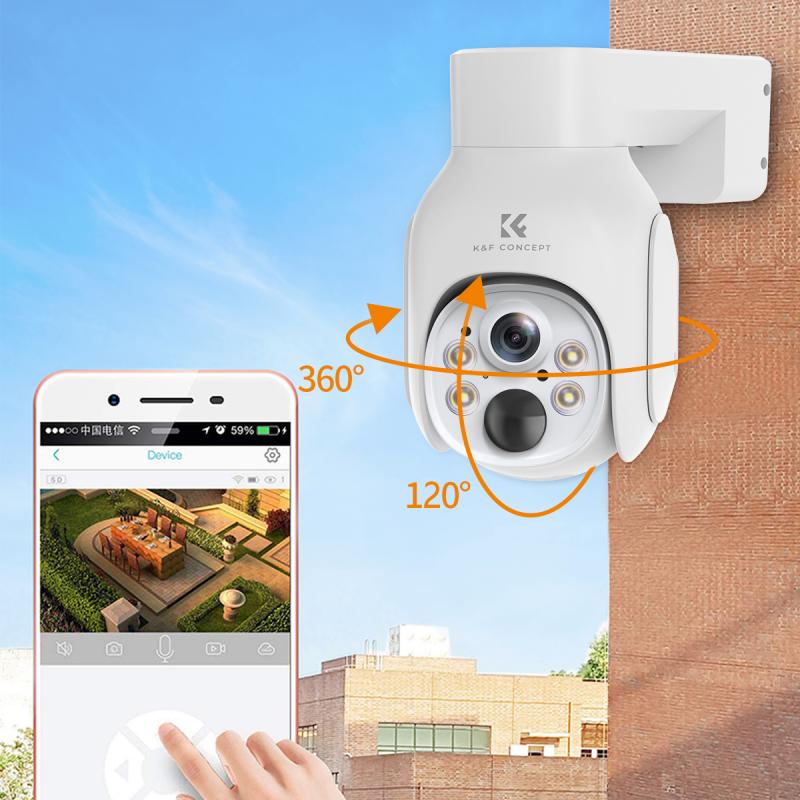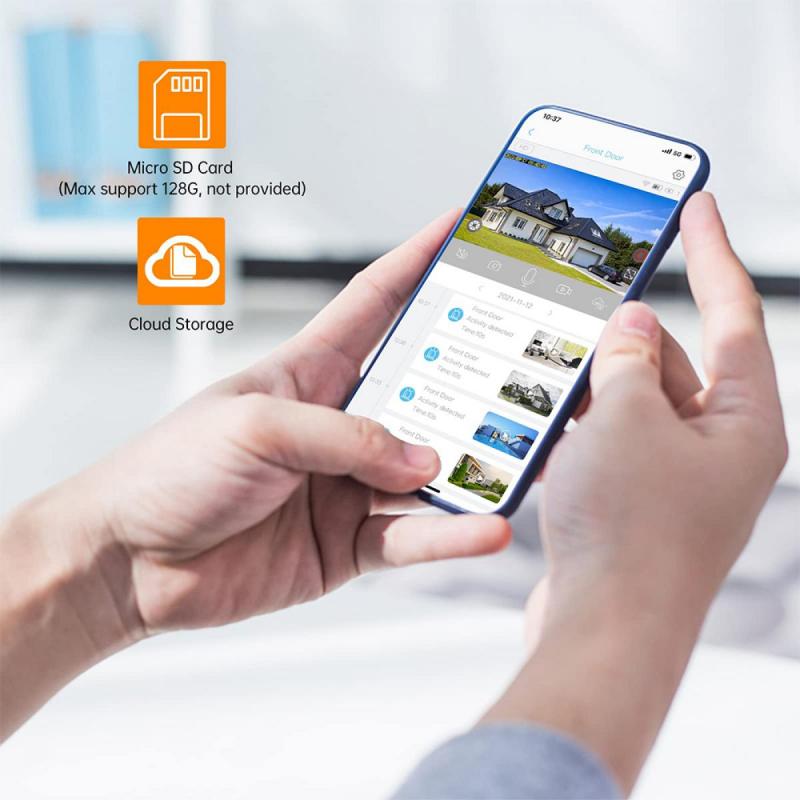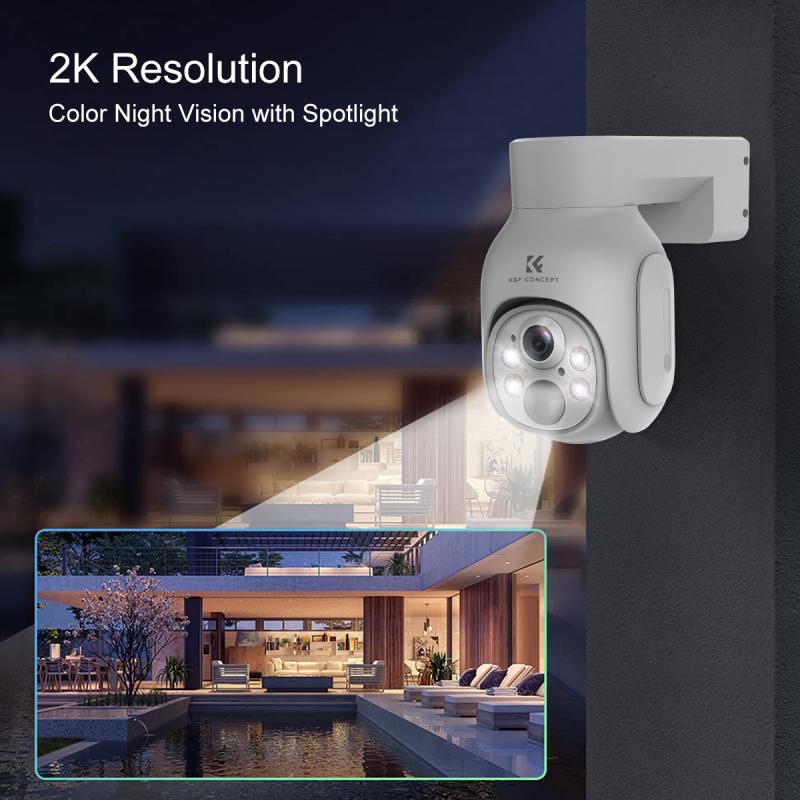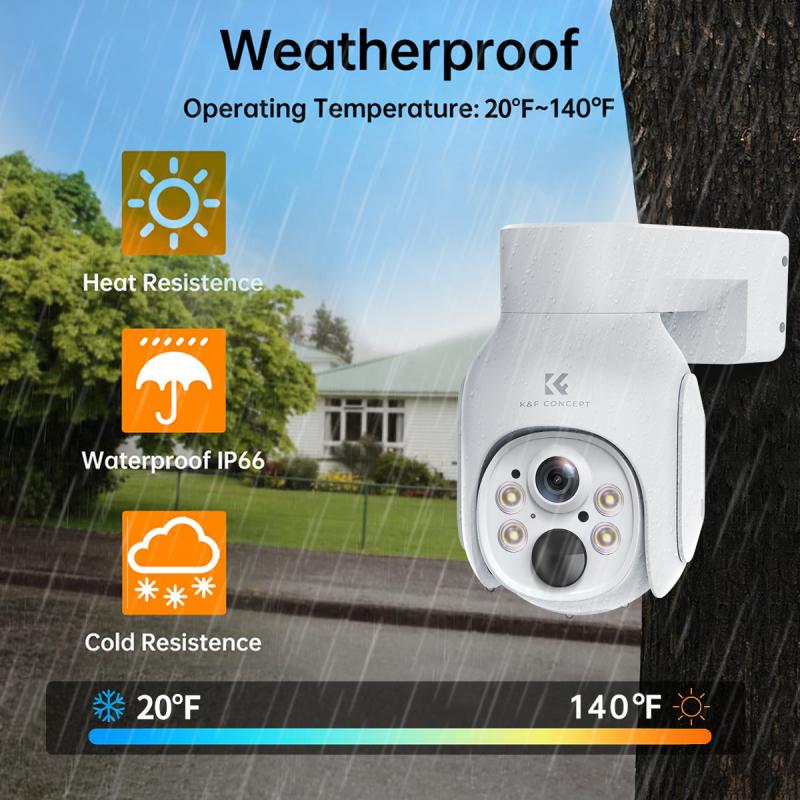What Can 100 Watt Solar Panel Run?
In recent years, solar energy has become an increasingly popular and viable option for powering various devices and systems. Among the different types of solar panels available, the 100-watt solar panel is a common choice for many small-scale applications. This article aims to provide a comprehensive understanding of what a 100-watt solar panel can run, addressing practical questions and offering insights into its capabilities and limitations.
Understanding the Basics of a 100-Watt Solar Panel

Before diving into the specifics of what a 100-watt solar panel can power, it is essential to understand its basic characteristics. A 100-watt solar panel is designed to produce 100 watts of power under optimal conditions, which typically means direct sunlight at peak hours. The actual power output can vary based on factors such as geographic location, time of year, weather conditions, and the angle of the panel.
Key Factors Influencing Solar Panel Performance

1. Sunlight Availability: The amount of sunlight a solar panel receives directly impacts its power output. Regions with more sunny days will yield better performance.
2. Panel Orientation and Angle: Properly positioning the solar panel to face the sun can significantly enhance its efficiency.
3. Temperature: Solar panels are more efficient at cooler temperatures. High heat can reduce their performance.
4. Shading: Even partial shading can drastically reduce the power output of a solar panel.
Practical Applications of a 100-Watt Solar Panel

A 100-watt solar panel is suitable for various small-scale applications. Here are some common devices and systems it can power:
1. Charging Small Electronic Devices
One of the most practical uses of a 100-watt solar panel is charging small electronic devices. This includes smartphones, tablets, cameras, and portable power banks. On average, a 100-watt panel can generate around 300-600 watt-hours (Wh) of energy per day, depending on sunlight conditions. This is sufficient to charge multiple small devices.
2. Powering LED Lights
LED lights are energy-efficient and can be easily powered by a 100-watt solar panel. For instance, a 10-watt LED light can run for approximately 30-60 hours on the energy produced by a 100-watt panel in a single day. This makes it ideal for outdoor lighting, camping, and emergency lighting solutions.
3. Running Small Appliances
Certain small appliances can also be powered by a 100-watt solar panel. Examples include:
- Portable Fans: A small 20-watt fan can run for about 15-30 hours on the energy generated in a day.
- Laptops: A typical laptop consumes around 50 watts, allowing it to run for about 6-12 hours on a full day's solar energy.
- Small Televisions: A 32-inch LED TV, which consumes around 30-50 watts, can be powered for 6-12 hours.
4. Camping and RV Use
For outdoor enthusiasts, a 100-watt solar panel is a valuable asset. It can charge batteries that power various camping and RV equipment, such as:
- Portable Refrigerators: Small 12V refrigerators can run for several hours on the energy stored in a battery charged by a 100-watt panel.
- Water Pumps: Low-power water pumps used in RVs can be powered effectively.
- Communication Devices: Radios and GPS units can be kept operational.
5. Emergency Backup Power
In emergency situations, a 100-watt solar panel can provide essential backup power. It can keep communication devices charged, power emergency lights, and run small medical devices like CPAP machines for short durations.
Limitations and Considerations

While a 100-watt solar panel offers numerous benefits, it is important to recognize its limitations:
1. Energy Storage: To make the most of a 100-watt solar panel, an energy storage system (battery) is often required. This allows for the storage of excess energy generated during the day for use at night or during cloudy periods.
2. Power Management: Efficient power management is crucial. Using energy-efficient devices and appliances can maximize the utility of the solar panel.
3. Inverter Requirements: For AC-powered devices, an inverter is necessary to convert the DC power generated by the solar panel to AC power. The efficiency of the inverter should be considered, as it can affect overall power availability.
4. Weather Dependence: Solar panels are weather-dependent. Prolonged cloudy or rainy periods can significantly reduce power output.
Maximizing the Efficiency of a 100-Watt Solar Panel
To get the most out of a 100-watt solar panel, consider the following tips:
1. Optimal Placement: Ensure the panel is placed in a location with maximum sun exposure throughout the day. Avoid areas with shading from trees, buildings, or other obstructions.
2. Regular Maintenance: Keep the panel clean and free from dust, dirt, and debris. Regularly check for any damage or wear.
3. Use Energy-Efficient Devices: Opt for devices and appliances that consume less power. LED lights, energy-efficient fans, and low-power electronics can help extend the usability of the solar panel.
4. Monitor Energy Usage: Keep track of energy consumption and adjust usage patterns to match the available solar power. This can help prevent overloading the system.
A 100-watt solar panel is a versatile and practical solution for powering a variety of small devices and systems. From charging electronic gadgets to providing emergency backup power, it offers numerous applications for both everyday use and specific scenarios like camping and RVing. However, it is essential to understand its limitations and manage power usage efficiently to maximize its benefits. By considering factors such as sunlight availability, proper placement, and energy-efficient devices, users can make the most of their 100-watt solar panel and enjoy the advantages of clean, renewable energy.
